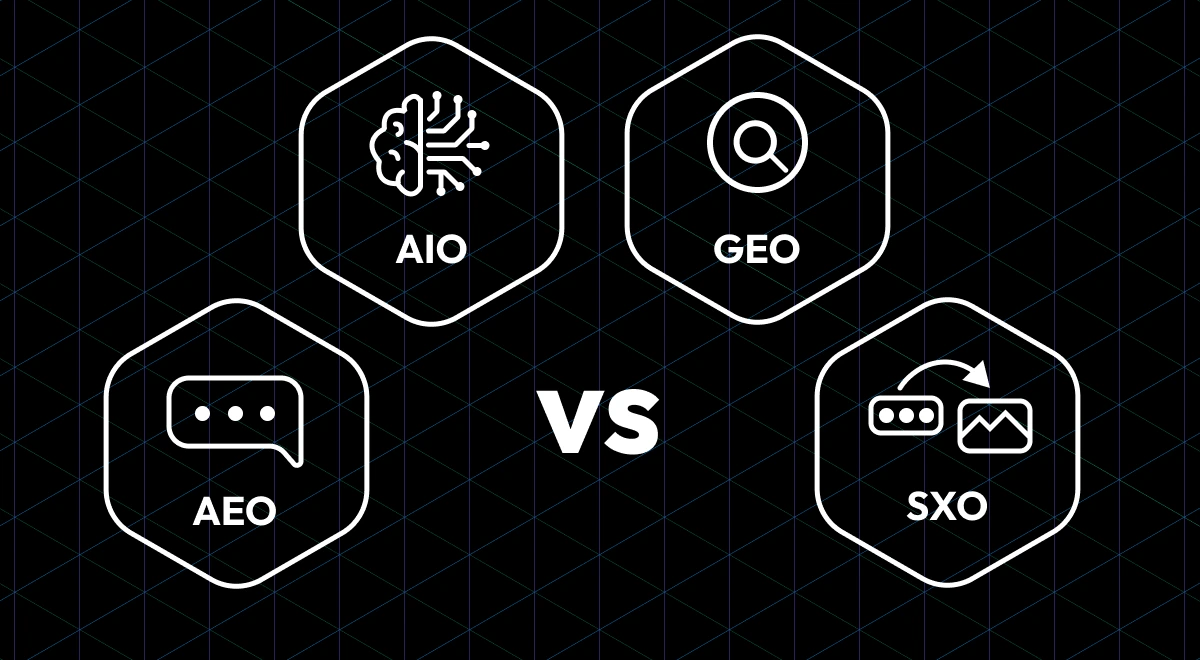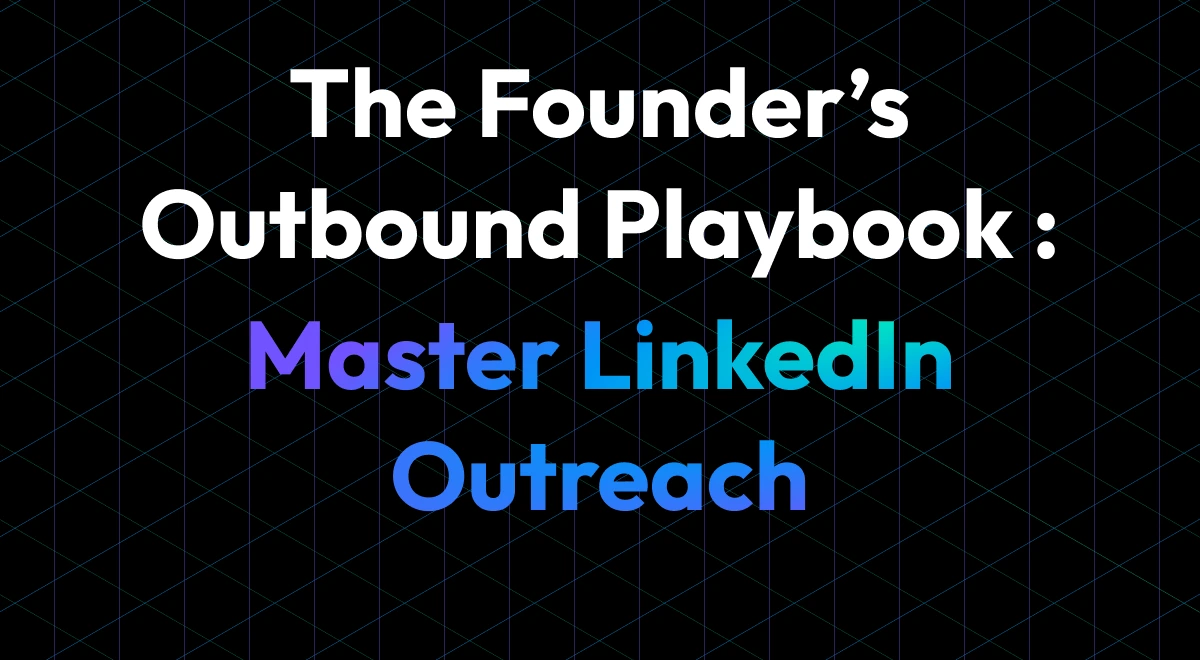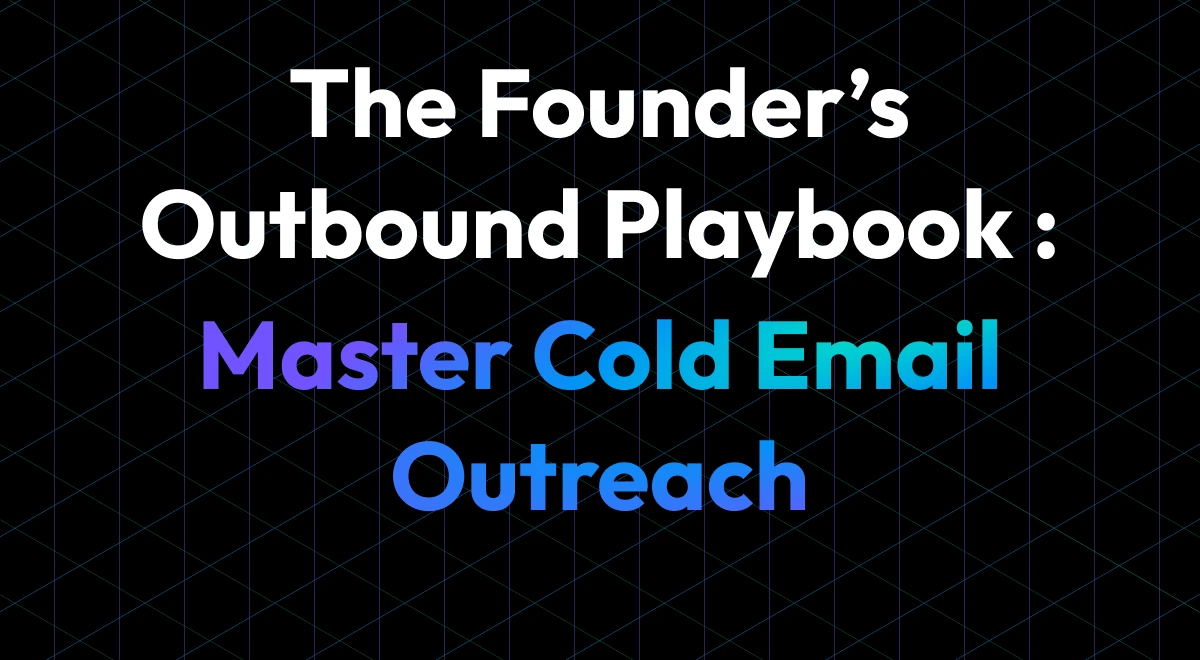TL;DR: AEO helps your content appear in voice assistants and AI answers, AIO ensures AI tools like ChatGPT can understand and cite your content, GEO gets you featured in AI search overviews even without top rankings, and SXO focuses on user experience to boost engagement and conversions. Together, they future-proof your SEO strategy in an AI-first world.
As AI search and voice assistants grow in popularity, digital marketing strategies are evolving. Traditional SEO is no longer enough.
To stay visible across AI tools, voice platforms, and search engines, you need to understand four key approaches: AEO, AIO, GEO, and SXO.
What is AEO (Answer Engine Optimization)?
Answer Engine Optimization (AEO) is the process of structuring your content to provide clear, concise answers to specific user queries. It’s designed to help your content appear in voice assistants (like Alexa or Siri), featured snippets on Google, and AI-powered search results such as those shown in tools like ChatGPT or Google’s AI Overviews.
Examples:
- If someone asks, “What is content marketing?”, and your blog includes a direct, well-structured definition, it could appear as a featured snippet or be read aloud by a voice assistant.
- If a user types, “How to improve website loading speed?”, and your content provides a step-by-step answer under a clear heading, it may be picked up by Google’s “People Also Ask” box or AI tools like Perplexity.
Why AEO matters?
- Helps your content appear as direct answers in voice search and AI responses.
- Increases chances of being shown above traditional search results.
- Improves visibility in platforms like Google featured snippets, Siri, and Alexa.
How to apply AEO?
- Find questions your audience is asking (Google’s People Also Ask, Quora, AnswerThePublic).
- Answer them clearly in the first 2–3 lines under subheadings (H2 or H3).
- Use structured formats like FAQs, bullets, and tables.
- Implement FAQ schema markup for rich results.
- Use simple, accurate language that AI tools can easily interpret.
What is AIO (Artificial Intelligence Optimization)?
AIO (Artificial Intelligence Optimization) is the process of structuring and writing your content so that AI tools like ChatGPT, Gemini, etc. can easily understand, cite, and summarize it.
It’s not just about ranking on Google—it’s about becoming a trusted source for AI-generated answers, which increases brand visibility even if users don’t visit your site directly.
Examples:
B2B Blog Cited in Perplexity:
A well-structured FAQ blog with clear headings and factual information was directly quoted in Perplexity’s AI results. This drove a 30% traffic boost, without any change in Google ranking.
Service Page Featured in ChatGPT Responses:
A client’s service page that followed AIO principles (clear layout, expert tone, cited sources) started getting mentioned by prospects who found it through ChatGPT summaries, not search engines.
Why AIO matters
- AI tools are replacing traditional search for many users.
- Structured, factual content gets picked up by AI models.
- Boosts visibility in AI-driven conversations and results.
How to apply AIO
- Structure your content with clear headings, bullets, and summaries.
- Keep paragraphs short and easy to scan.
- Use reliable data, credible sources, and original insights.
- Include links to high-authority websites.
- Maintain a professional, grammatically correct tone.
What is GEO (Generative Engine Optimization)?
Generative Engine Optimization (GEO) is the practice of optimizing content specifically for AI-powered search systems like Google’s Search Generative Experience (SGE) and Gemini. Instead of focusing only on ranking, GEO ensures your content is:
- Context-rich (offers depth, clarity, and relevance)
- Technically sound (fast, mobile-friendly, and well-structured)
- AI-compatible (easy for AI to interpret and include in summaries)
Examples :
A blog post ranking in position 6 still appeared in Google’s AI Overview because it had strong E-E-A-T signals and answered the query thoroughly.
A product page optimized with fast load speed, schema markup, and expert input was featured in Gemini’s response—even though it wasn’t in the top 3 results.
Why GEO matters
- Google remains a major source of traffic.
- AI summaries and overviews now appear at the top of Google results.
- GEO increases the chance your content will be included in AI-generated answers.
How to apply GEO
- Use target keywords in titles, headers, and metadata.
- Improve technical SEO: page speed, mobile responsiveness, and structured data.
- Focus on E-E-A-T: Experience, Expertise, Authoritativeness, and Trust.
- Ensure accuracy and transparency in your content.
What is SXO (Search Experience Optimization)?
Search Experience Optimization (SXO) is the blend of SEO and user experience (UX), focused on what happens after a user lands on your site.
Rather than just driving traffic, SXO ensures that visitors stay longer, engage more, and convert better by improving:
- Page speed and mobile responsiveness
- Clear navigation and CTAs
- Content layout and readability
Examples:
A service page redesign using SXO principles (faster load time, sticky CTAs, clear layout) led to a 47% increase in form submissions, without extra ad spend.
After applying SXO, a landing page saw bounce rates drop from 72% to 49% and time on page increased by 35%, purely through a better user experience.
Why SXO matters
- SEO brings users in — SXO keeps them engaged.
- A good experience builds trust and increases conversions.
- Search engines increasingly reward sites that prioritize user experience.
How to apply SXO
- Use responsive web design and mobile-first layouts.
- Speed up your site (load time under 2.5 seconds).
- Make navigation intuitive with menus, CTAs, and search bars.
- Include engaging elements like videos, tools, and visuals.
- Personalize content based on user intent and behavior.
| Aspect | AEO | AIO | GEO | SXO |
|---|---|---|---|---|
| Focus | Direct answers & voice search | AI-driven SEO & automation | AI generative search engines | User experience & engagement |
| Goal | Get featured snippets/answers | Optimize content for AI platforms | Appear in AI-generated responses | Improve site usability & conversions |
| Content | Structured Q&A, FAQs | AI-friendly, multi-format content | Authoritative, AI-citable content | Engaging, user-centric content |
| Technical | Schema markup, semantic SEO | AI tools & automation | NLP optimization for AI models | UX/UI, site speed, clear CTAs |
| User Target | Voice assistants & search users | AI platforms & human users | Users of generative AI search | Website visitors |
How AEO, AIO, GEO & SXO Are Shaping the Current Digital Market
1. AEO = More Visibility, Fewer Clicks
Clear answers boost impressions via snippets and voice search, but reduce clicks. Visibility and trust improve, even if traffic drops.
2. Real Questions > Keywords
Answering actual user queries (not just keywords) unlocks unexpected long-tail rankings and better audience relevance.
3. Formatting = AI Reach
Structured content (H2s, bullet points) gets picked up by Google’s “People Also Ask” and AI summaries. Good layout = more visibility.
4. AIO Drives Traffic from AI Tools
Even non-ranking pages are getting traffic from ChatGPT, Bing, and Perplexity. Structured, factual content is getting cited—boosting authority.
5. GEO Bypasses Rankings
Google’s AI Overviews show content from lower-ranking pages if they’re trustworthy and well-optimized. Top 3 isn’t the only path to visibility.
6. SXO Improves Conversions Without More Traffic
Better UX (speed, CTAs, layout) drives higher conversions and lower bounce rates—even without spending more or ranking higher.



